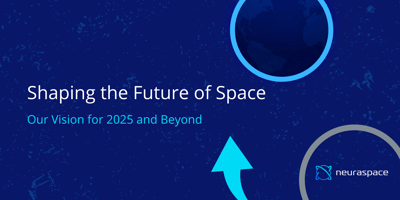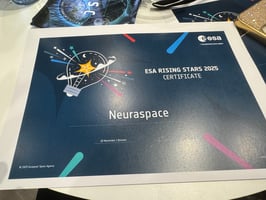As we set our sights on 2025, we’re also looking further – toward the future of space and how we...
“Space Situational Awareness Issues and Challenges” - Insights by Chiara Manfletti

In a recent article for Microwave Journal our CEO, Chiara Manfletti, has shared her views on the latest “Space Situational Awareness Issues and Challenges”.
She says that the risk of colliding with space debris or other spacecrafts, due to increased congestion and fragmentation events, has grown significantly. As a result, orbital safety – safeguarding your assets in space – has become a viable economic factor for space operators and the industry as a whole.
Already we have thousands of operational satellites and hundreds of millions of space debris pieces of various sizes. With the announced megaconstellations experts estimate that there will be between sixty and one hundred thousand active satellites in space a decade from now. This is driven by the offer and demand for new and improved services for communications, financial exchanges, urban planning and mobility, transportation, national security, and environmental monitoring. Unless managed better and soon, this build-up will endanger the very use of space upon which critical infrastructure of many nations and their societies and economies rely.
Towards that end, the space industry has begun to demonstrate the commercial and technological viability of space sustainability by developing systems related to active and passive debris removal, collision avoidance to eliminate the creation of new debris, enhanced object tracking and space situational awareness (SSA) analysis, and operational lifetime extensions.
It is an end-to-end issue, starting with the existing and growing number of debris and satellites in orbit. The sheer amount of data and time required to track analyse them will require automation leveraging artificial intelligence (AI) and machine learning (ML)). Indeed, AI and ML are powerful tools for identifying patterns where classical methods cannot.
At Neuraspace we have from the very beginning employed both as powerful tools to help with effectively managing collisions, improving manoeuvre planning especially for swarm and constellation satellites, anomaly detection, threat classification, data fusion from different sources, and making space activities safer, more sustainable, and more efficient.
For a deeper analysis and detailed visuals, explore the full paper here.


